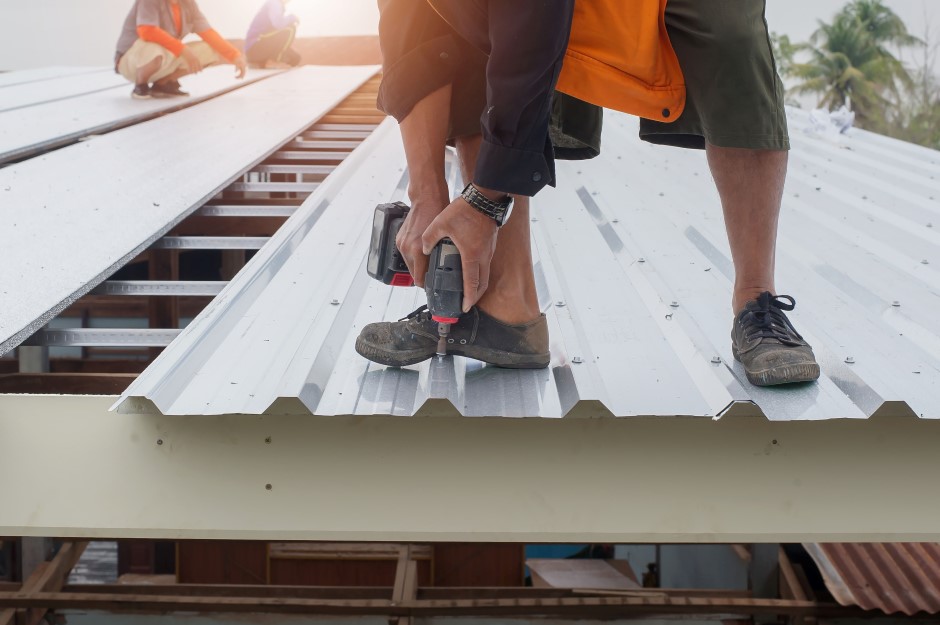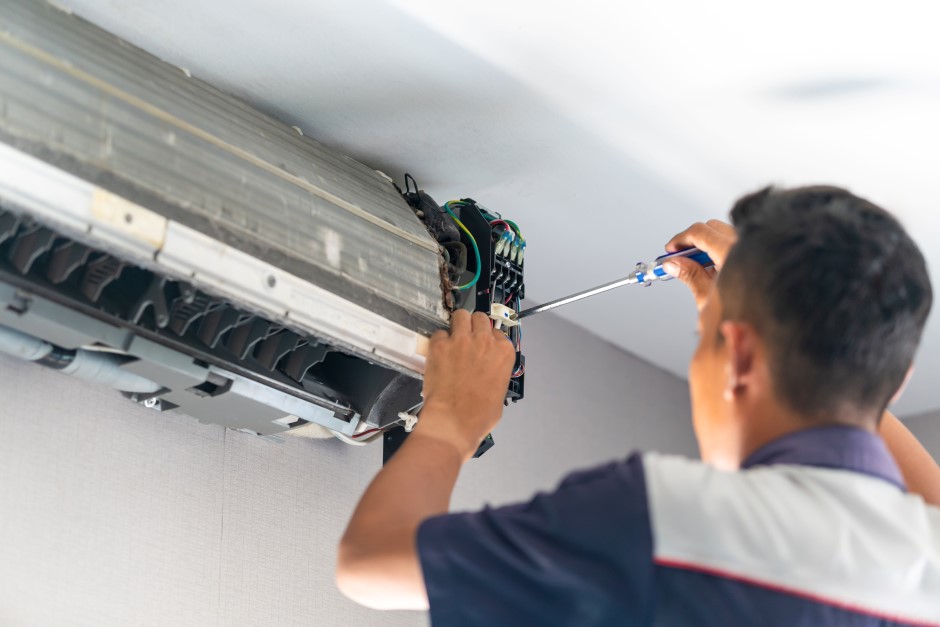
You should winterize your sprinkler system when nighttime temperatures consistently drop below 32°F (0°C). Or in the late fall! There is no doubt that knowing when is the best time to winterize your sprinkler system will be helpful to your wintery peace of mind.
This article – a complete guide – was written to show you all the details around (and about!) the matter, including prices. Hope you like it.
When Do I Need To Winterize My Sprinkler System?
Timing is everything to winterize your sprinkler system in a DIY. Keep an eye out for any of the following tips and observations.
- When the nighttime temperatures consistently dip below 32°F (0°C), consider winterizing your sprinkler system
- Perform winterization in the late fall before the real chill sets in. It allows you to ensure your system gets prepared for the freezing months
- Plan to tackle this task after you have completed your fall lawn maintenance. This way, your lawn will be well-prepared for winter, and your sprinklers can rest safely
- Schedule your winterization early, as service providers might get booked quickly during the prime winterization period. Beat the rush for a hassle-free experience
- Decide if you will handle the winterization yourself or if it is better to rely on a professional service. Each choice may require different lead times
Depending on your location, the precise timing may vary, so consult with a local professional who understands the unique demands of your area. And for systems equipped with a backflow preventer, you will need to follow a more thorough process.
How To Winterize A Sprinkler System With Backflow Preventer In 4 Steps
Ensure you have the right tools and follow the steps listed below.
- Shut off the main water supply to your system to prevent further water from entering the system.
- Open all the valves to release any remaining water from the system.
- Carefully remove the backflow preventer and store it indoors. Protect it from freezing temperatures.
- Use an air compressor to blow out any residual water from the pipes, ensuring they're completely dry.
Do not have an air compressor? It is all right! You can still winterize your system.
To winterize a sprinkler system without an air compressor, open all the valves and let the water drain naturally from the pipes. Use a powerful wet-dry vacuum to remove water from the system. Just make sure it suits your purpose.
How Much Does It Cost To Winterize Sprinkler Systems?
On average, you can expect to pay between $ 50 and $ 150, depending on factors like system complexity and geographical location. The cost of winterizing your sprinkler system varies, but it is a relatively small price to pay compared to potential damage. Remember, it is an investment in preventing costly repairs.
When To De-Winterize Sprinkler System?
As spring beckons and the threat of frost is minor, it is time to de-winterize your system. Typically, this should be done when nighttime temperatures consistently stay above freezing. De-winterization involves turning your system back on, checking for leaks, and ensuring it is ready for a new growing season.
For any doubts or problems, do not hesitate to reach out to eHARDHAT's landscaping pros. They know all about lawn irrigation systems.
You might want to read:
Subsurface Irrigation: How It Works And How To Install It
Can I Use Garden Soil For Lawn? Here Is Your Answer!
What Happens If You Apply Fertilizer to Wet Grass






